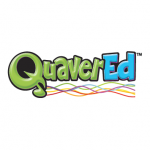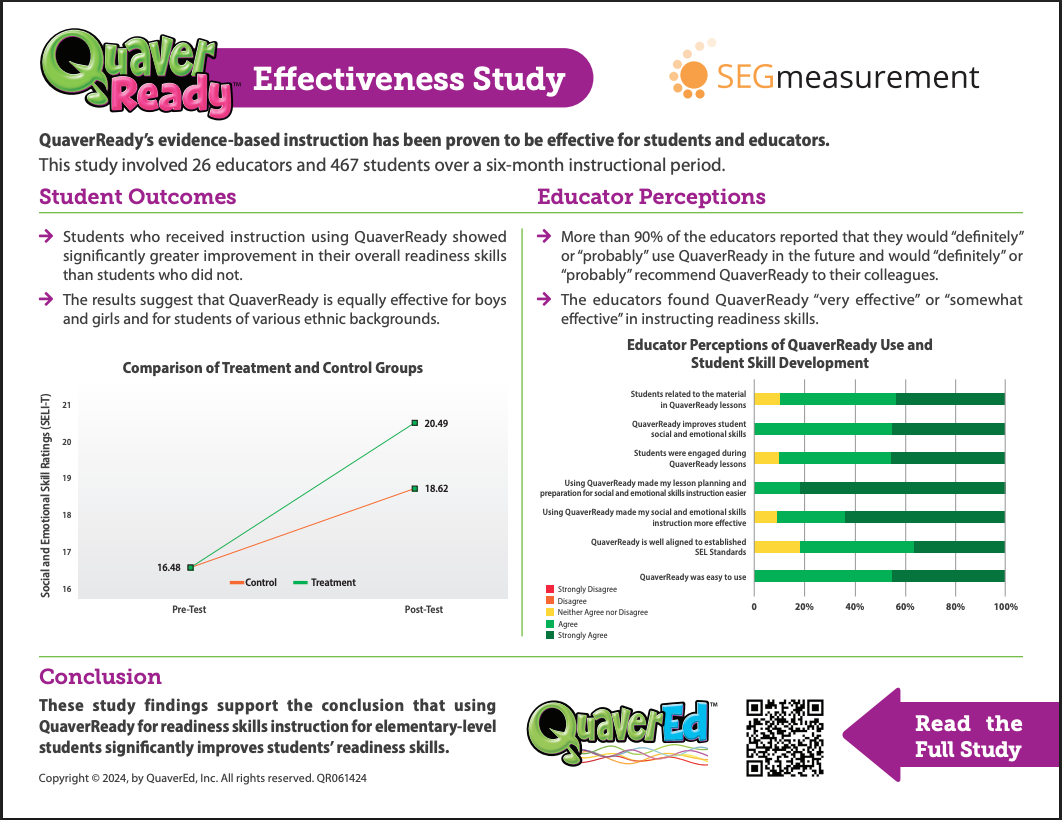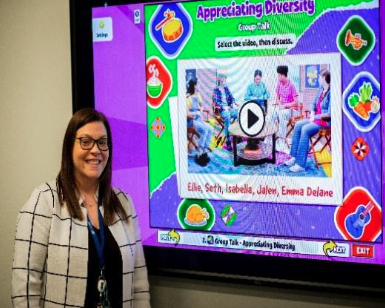Let Quaver help you celebrate and educate!
Hispanic Heritage Month is celebrated annually from September 15th to October 15th!
This month is an important time to explore the contributions of Hispanic and Latinx cultures in music class.
Andrea Hutchison, a Music Teacher at T.W. Ogg Elementary in Clute, Texas, and a Quaver Ambassador, joins us today to share her ideas for using Quaver resources to celebrate Hispanic Heritage this year.
Take it away, Andrea!
***
Did you know that your Quaver resources have a lot of options for celebrating Hispanic Heritage Month?
From science connections to Mariachi interviews, Quaver has ample resources to support your lesson planning in September, October, and all year long. Below are a few ideas that have worked well with my students!
These songs and activities are easy to use with remote or hybrid teaching, with or without student accounts. With Quaver’s new resource sharing tool, you can share these individual activities with students via an easy-to-use link or assign them to individual student accounts as a whole assignment.
ClassPlay Songs
There are many great songs in ClassPlay to teach students how to properly sing in Spanish. Don’t worry if your students don’t know the language—there are screens to help you and your students with vocabulary and pronunciation!
First off, my youngest students LOVE to sing or listen to “Bate, Bate, Chocolate” and learn where cocoa beans come from using the Connections activity (cross-curricular connection!)

“Bate, Bate, Chocolate- Connections” from ClassPlay.
For my Kindergarten and 1st Grade students, “Mi Cuerpo” is a simple song that teaches the names of body parts in Spanish. “Mi cuerpo hace música” means “my body makes music!”

“Mi Cuerpo- Body Parts” from ClassPlay.
“Mi Chacra” is an Argentinian song about animals. After singing through the song, learn about the Spanish-speaking country of Argentina using the Argentina-Language screen and discover how to say students’ favorite animals in Spanish using the Animal Names screen.

Find “Mi Chacra” and its associated activities in ClassPlay.
And for a fun passing game, check out “Al Citron,” a Spanish children’s song.
Note: Due to COVID-19, this game may not work for your classroom this year.
Sing the song, and then pass the “lemon” (a yellow bean bag in my case!) to the beat. Wherever the “lemon” lands on the last beat, that person is out and moves outside the circle.
I have small percussion instruments on hand for students to keep the beat when they are “out.”
This song also includes a Solfège/Rhythm screen to read and analyze the music. It is a great example of the dotted quarter and eighth note combination.

Find “Al Citron” in ClassPlay!
Listening
But wait! There’s more! One of my favorite things in Quaver are the Mariachi Interviews, where Quaver interviews a live Mariachi band. These videos feature UTPA’s award-winning Mariachi Aztlán performing traditional Mexican song literature including “Cielito Lindo,” “El Jarabe Tapatío,” and others.
They talk about their instruments, clothing, and traditions, and they play some great examples for your listening pleasure. My students love to see the instruments in action!

Search “Mariachi” in Resource Manager to explore these videos and add them to a custom lesson or assignment!
For a more in depth discussion, use the Printables found in the “Salsa City” Song Hub in ClassPlay. There are several different listening worksheets that can be used with any piece, and a Venn Diagram to compare and contrast two pieces.

“Salsa City- Compare the Songs (Printable)” found in ClassPlay
***


